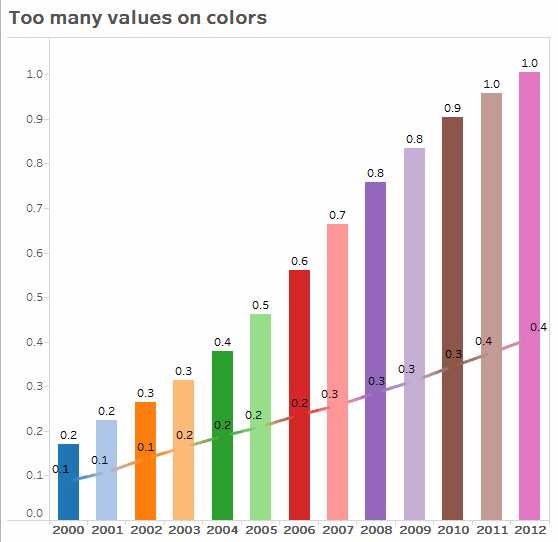Dashboard design should highlight data and decoration should be limited, to add to a reader's understanding. Much has been written about dashboard design for data visualization. The following are some key points that you should consider when designing dashboards:
• Keep it simple: Your dashboard needs to answer only one question. If you can construct it so elegantly that it answers several questions, that's great, but according to Stephen Few, the maximum number of data points that any of us can remember at once is three. Learn more at Tableau Training
• Keep in mind the audience: Consider what devices will be used to read or consume the data story and content.
• The method of consumption: Will users interact with virtualization on their computer, mobile phone, or tablet? Size your dashboard accordingly.
• Performance: Like any other web application, the amount of time it takes for a consumer to get what they need is a major factor of performance. Design your visualizations and data sources so that they perform efficiently.
• Start big and end small: Always place the most aggregated (macro) data points or summary metrics on the upper left, and guide users to granular, actionable data points.
• Use colors, graphics, and fonts that are appropriate for your subject matter and consumers. Choose a simple, single color or complementary palette colors.
Consider red-green color blindness and improve accessibility. Remove all non-data ink except labels, limited titles, and bare-bones instructional text. Additionally, you can create your custom color palettes in Tableau Public fairly easily. Use labels, titles, and simple instructional text for the dashboard, and format tooltips so that they add context and calls to action for your users.
For the dashboard that we are using in this chapter, we created a rough wireframe in Microsoft Visio. We'll refer to it throughout this chapter so that you can see how the functional elements that we are discussing will be included in the final design. It's fairly common for people to draw out the designs that they would like to build in Tableau Public. Tricks for Tableau Dashboard Experts
Also, it's a great way to keep your objectives in perspective when laying out the dashboard in Tableau Public. Our sample dashboard, which will be included in a blog post at www.dataviz.
ninja follows the Rule of Thirds—after adding the title to the dashboard, the three primary visualizations, namely aggregated data, change over time, and granular details, will consume about one-third of the total space, as shown in the following screenshot. We have also provided space for filters and color legends, and we will continue to use this dashboard design concept in the following two chapters, which cover filtering and publishing. Get more info at Tableau Online Training




Comments
Post a Comment